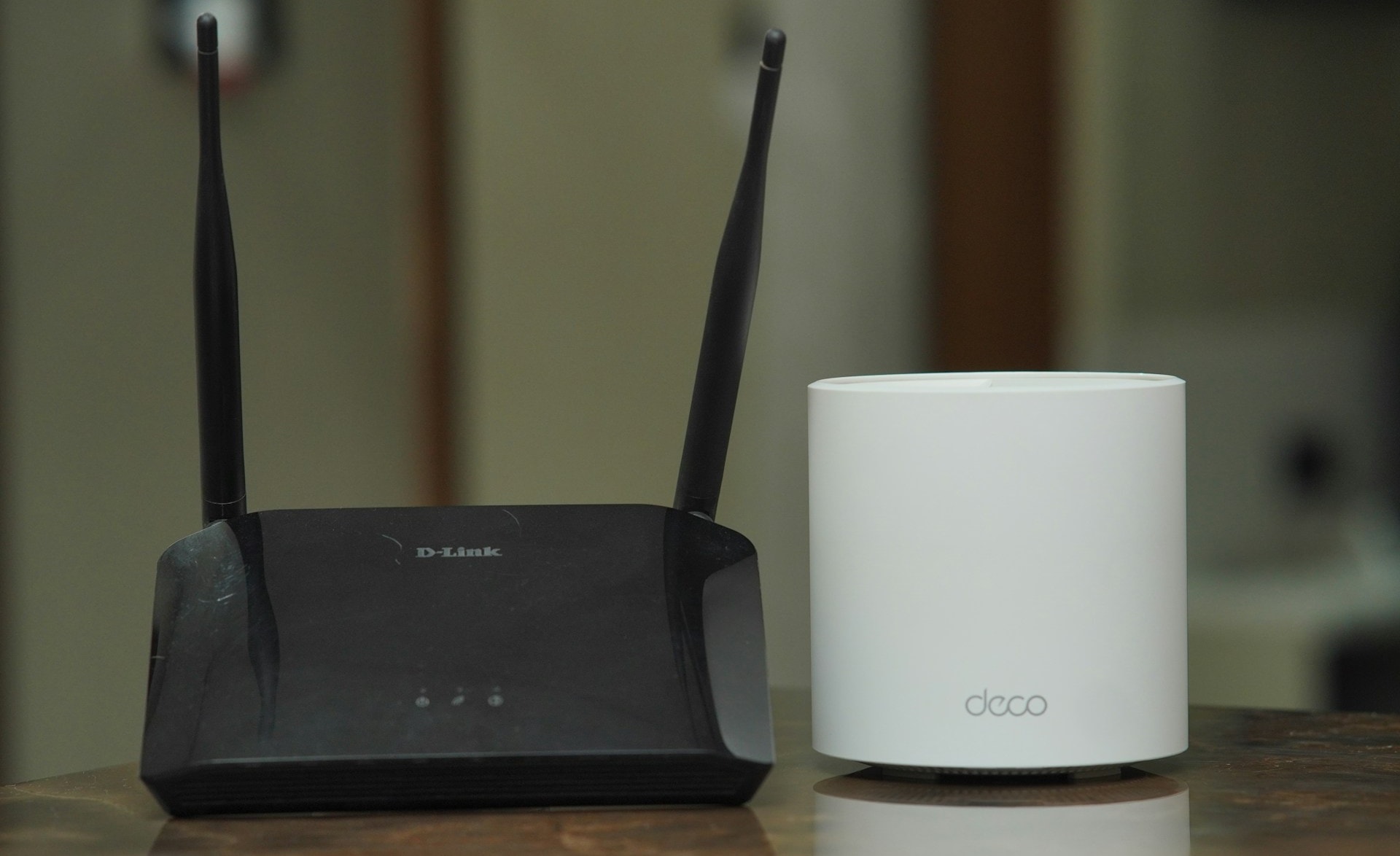
Do you have more devices in more places in your home and more people sharing the same network connection? Then, you may need a wired or wireless network in parts of your home that you previously didn’t. This tutorial will show you how to connect a router to another router to make your home network more robust.
Can You Connect a Router to a Router?
The short answer is “yes,” and there are several reasons why you should add a secondary router to your home network. Two interconnected routers in your home might solve poor internet connection issues. A secondary router could serve as an access point (AP) or wireless repeater to extend coverage of an existing network. You could also use the secondary router as a switch to add more Ethernet ports to your network.
Requirements for Setting Up a Second Router at Home
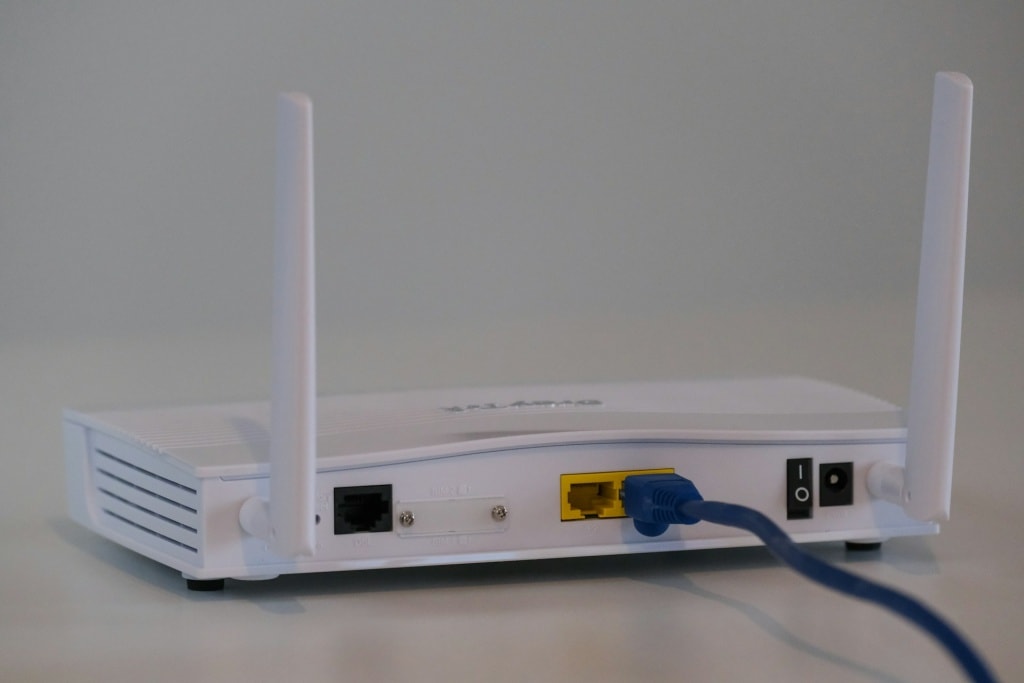
Not every Wi-Fi router can be set up as a secondary router for extending wireless range or as an access point (AP). Here’s what you need:
- Administrator access to your primary and secondary router.
- To set up an AP or switch, an Ethernet cable to connect the two routers.
If your secondary router isn’t capable of being used in these different modes because it’s older, look for a firmware update. The update may expand its capabilities.
We’re using an Asus RT-N300 as our secondary router for this tutorial. The instructions in this tutorial will vary depending on your router’s brand and model. However, the same concepts apply whether it’s a D-Link, TP-Link, Linksys, Netgear, or any of the many good router models available.
How to Set Up a Second Router as a Wireless Access Point
Is your home wired for Ethernet? Do you want excellent wireless coverage and internet access everywhere in your home network? If you answered “yes” to both questions, consider using a secondary router as an access point (AP).
Setting up a wired connection between your secondary and primary router results in excellent and stable Wi-Fi coverage. Follow these steps to set up a wireless access point from your primary router.
- Log in to the secondary router’s admin page and head to Administration > Operation Mode > Access Point Mode. Select Save to proceed.
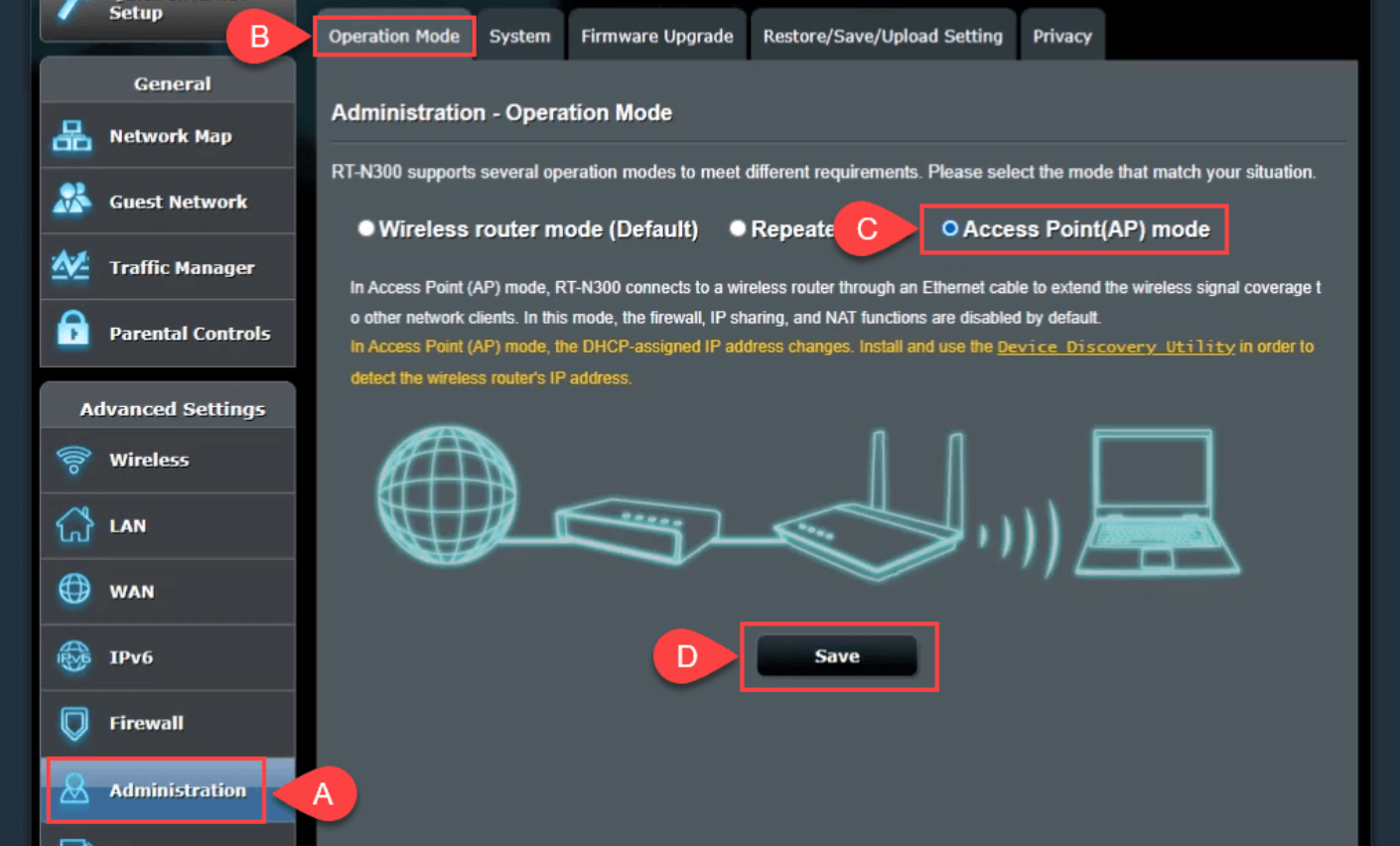
- Choose the option that allows the router to automatically set the LAN IP and connect to the Domain Name Server (DNS), then select Next to continue.
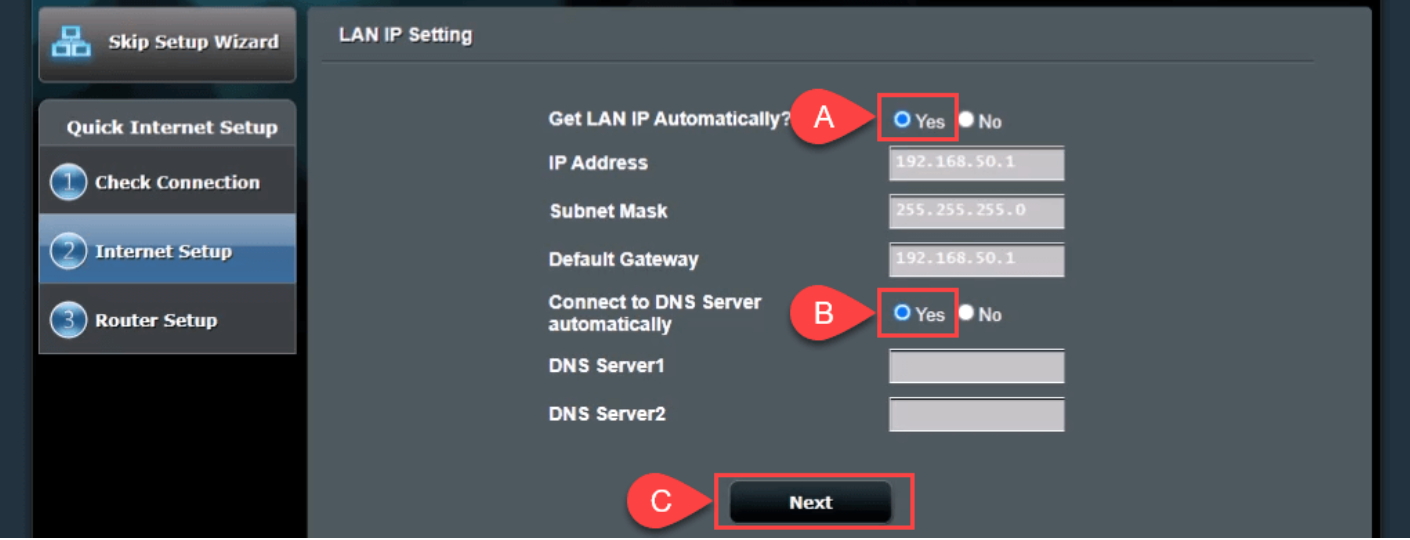
- On the “Wireless Setting” screen, set the “Do you want to use the previous wireless security settings?” option to Yes.
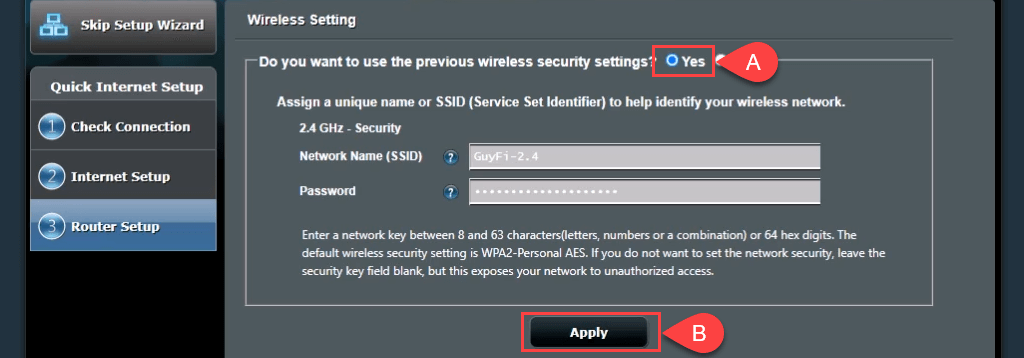
That lets you connect to the AP with the same network SSID and password as the primary router, making for a seamless transition between the two routers when moving around.
If you want to make a guest network with a different SSID and password, select No and change the values as needed. The guest network wouldn’t be completely separate from your personal network; it would just mean you don’t have to share your personal network’s password.
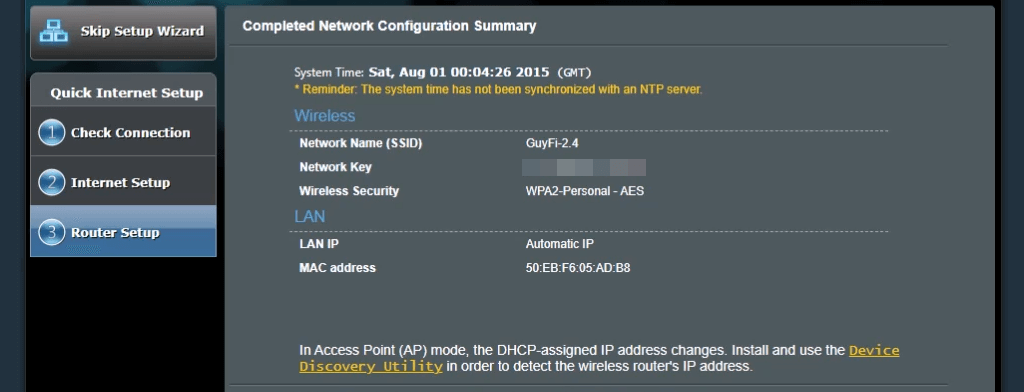
- Connect router #2’s WAN port to a LAN port on router #1 directly (see Image #1) or through the wired home network (see Image #2). Now you have wireless access point.
Image #1:
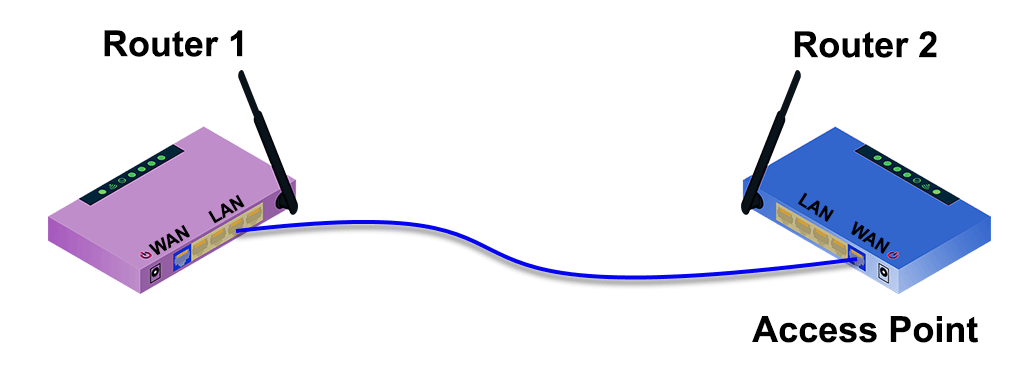
Image #2:
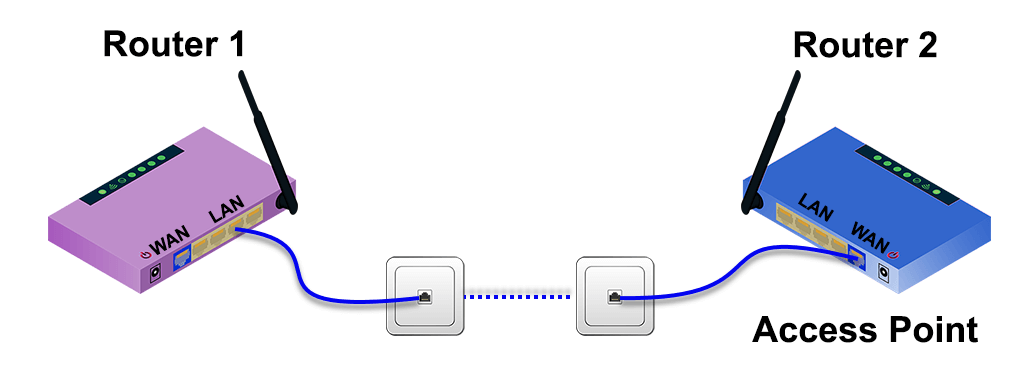
How to Setup a Second Wi-Fi Router to Extend the Range
Wireless routers are often (set up) on one end of the house, where services come into the home. The setup results in uneven signal distribution and fluctuating internet speed around the house. Rooms close to the (primary) router enjoy fast internet speed, while the far end of the home has poor or no Wi-Fi signal.
Using a secondary router as a Wi-Fi range extender (in a central location) will improve your home’s wireless connection. The best part is that the setup doesn’t require a wired Ethernet connection to the primary router.
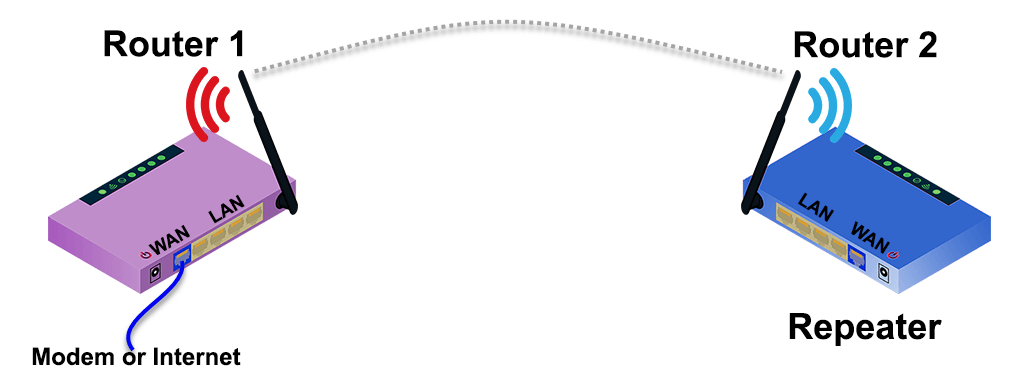
Fortunately, many new routers have a wizard process to set it up as a wireless range extender. For example, the Asus RT-N300 provides a simple repeater mode option during the initial setup. To estimate where to place the second wireless router, use an app to measure the wireless signal strength and find where it starts to drop. Go back a few feet to the area with a better signal area, and that’s a good spot to put it.
- Choose Repeater mode on the “Internet Setup” screen and select Next.
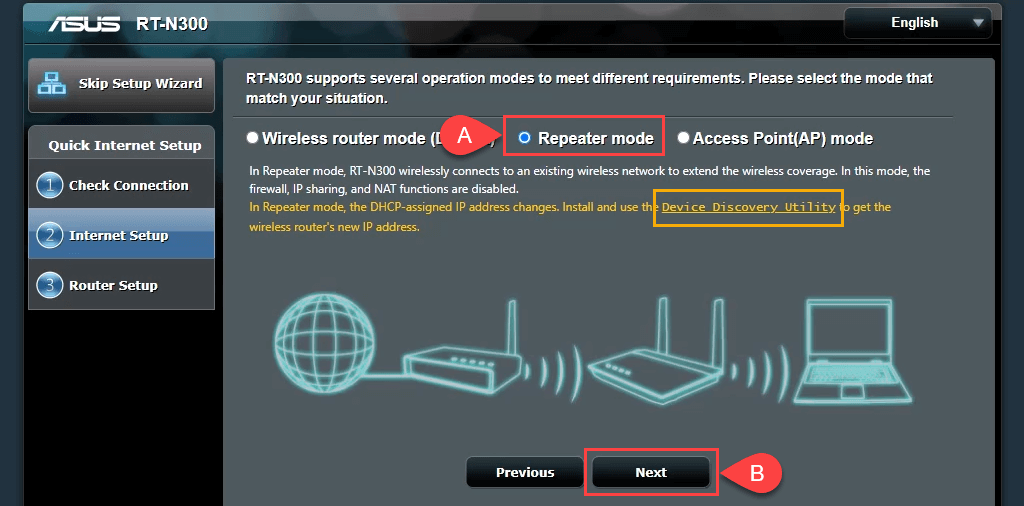
Note the link to a Device Discovery Utility. That link is dead; however, we found a new link for the Device Discovery Utility. There’s also an ASUS Device Discovery app for iOS for iPhones and iPads. The Device Discovery Utility makes finding the router’s IP address easier after setting it up as a wireless repeater.
- The wizard scans nearby wireless signals and shows their networks. Select yours from the list. Enter your Wi-Fi network password and select Connect.
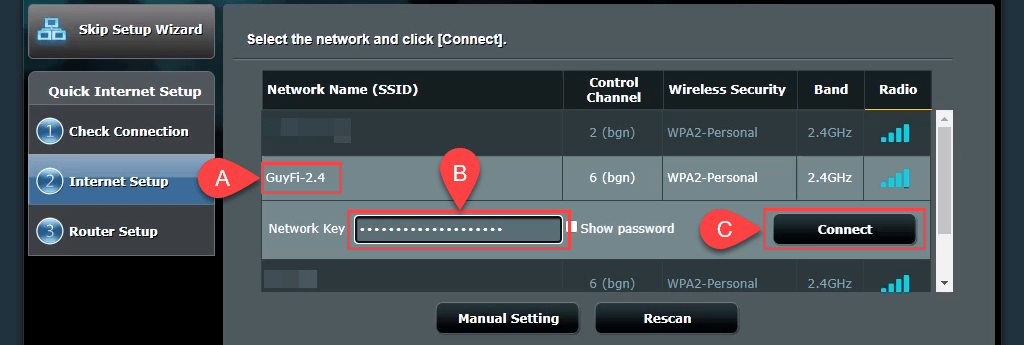
- The wizard sets a static IP address and collects the local network’s subnet mask and default gateway. These settings are fine; leave them as they are and select Next.
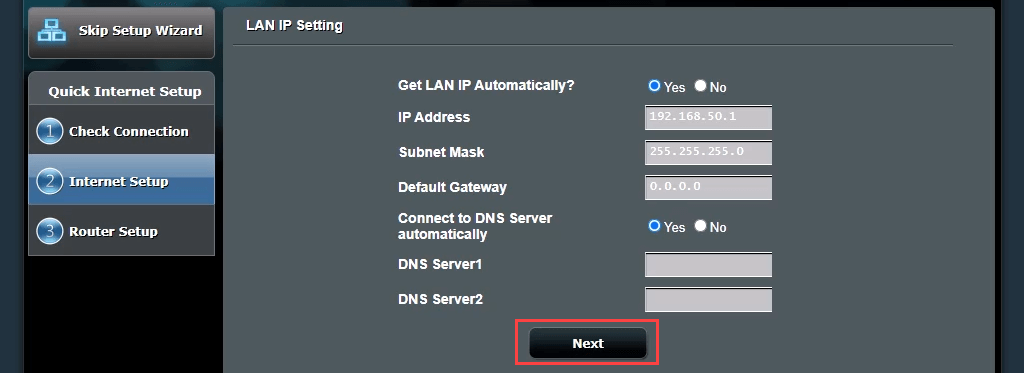
- The Wireless Setting defaults are also fine for most people. Leave them as they are and select Apply. That ensures the wireless password connects to your home network on either router.
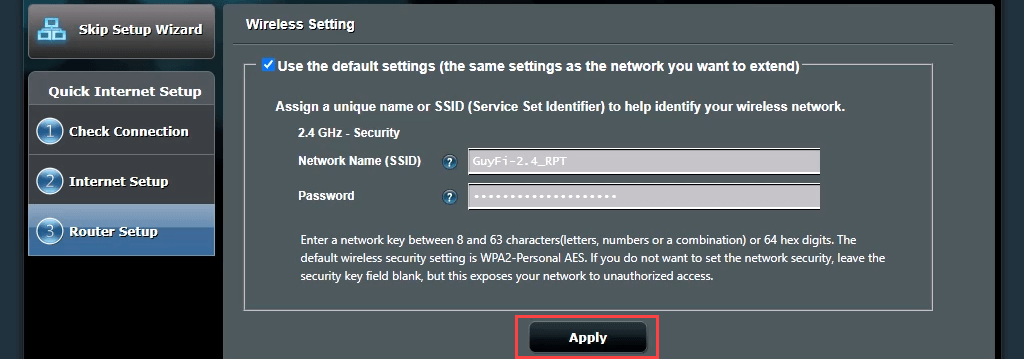
The secondary router now connects to the primary router. It doesn’t return to the router management page when this is complete because the secondary router’s IP address has changed. This is where you need the Device Discovery Utility.

- Open the Device Discovery Utility downloaded in Step #1to get your secondary router’s new IP address. Enter that IP address into your web browser to access the router management site and log in.
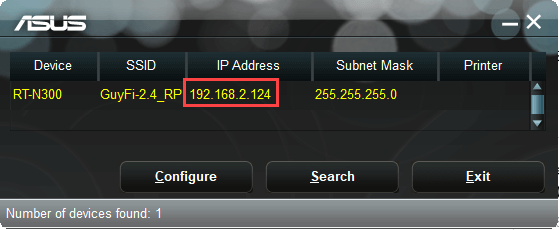
- Go to Advanced Settings > Wireless and switch Roaming assistant from Disable to Enable.

The default RSSI setting of -70 dBm is suitable for most situations. That means your secondary router will disconnect any device with a signal strength lower than -70 dBm. The device can now try to connect to your primary router, giving a seamless transition between the two. It’s similar to how your cellphone call gets passed from tower to tower as you’re driving.
- Select Apply to save the changes.
It can take a few minutes to finish. You now have wireless coverage around your secondary router.
How to Setup a Second Router to Act as a Switch
Most home networks have a combination modem/router with four or five Ethernet ports on the back for wired connections. Once those ports are full and you still want wired connections, you can use your router as a switch. You can also use an Ethernet router for this.
- Connect router 1 to router 2 with an Ethernet cable. Plug one end of the cable into a LAN port on the primary router and the other into a LAN port on the secondary router. Ignore the WAN port. Use another Ethernet cable to connect the second router to your computer.
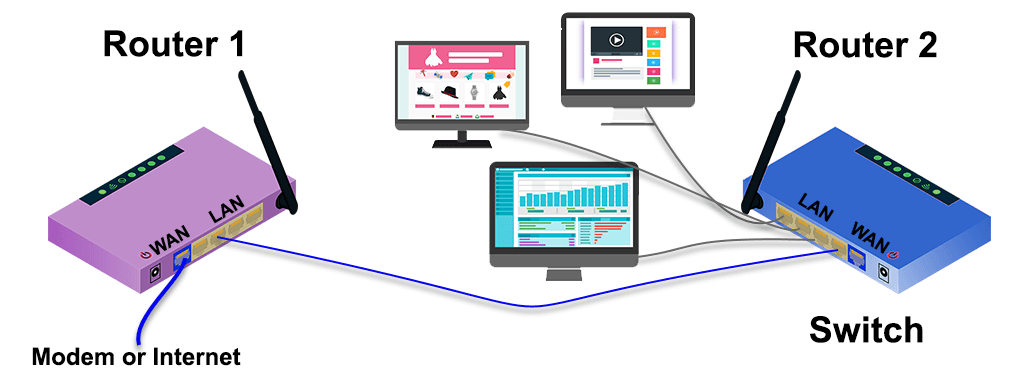
- Log in to the first router and note the IP range it covers. In this example, the subnet is 192.168.2.0/24, and the range of assignable IP addresses is from 192.168.2.10 to 192.168.2.254. IP addresses ending in 1 to 9 aren’t available to the DHCP server, so they can be given as static IP addresses and not cause an IP conflict in the network.
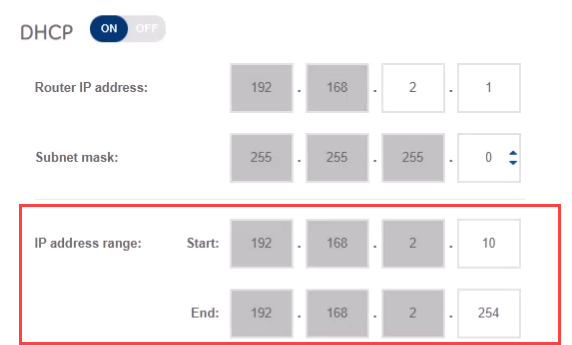
- Connect to the second router’s management page and navigate to Advanced Settings > LAN > LAN IP. To make it easier to find and connect to the router again, assign a static IP address different from your first router but in the same subnet. We’re using 192.168.2.2. Ensure the subnet mask matches the first router’s subnet mask. Select Apply to save the changes. You must enter 192.168.2.2 in the browser’s location bar to reconnect.
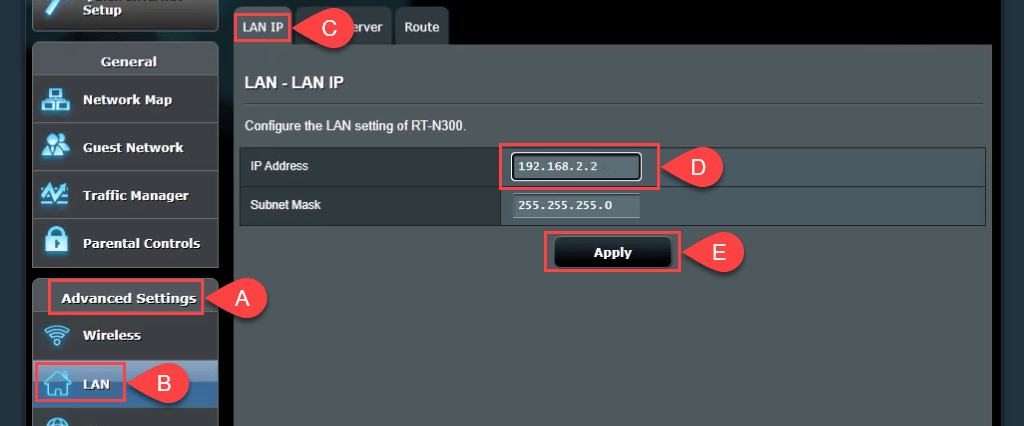
- Move to the DHCP Server tab and disable DHCP. Only router #1 should act as a DHCP server and assign IP addresses.
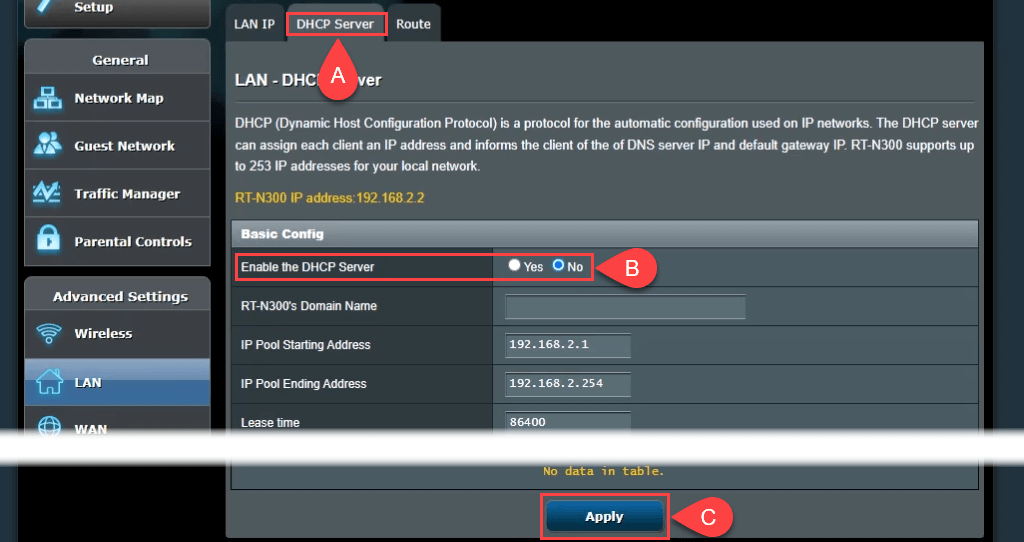
If possible, turn off wireless access. Go to Wireless > Professional and set Enable Radio to No.
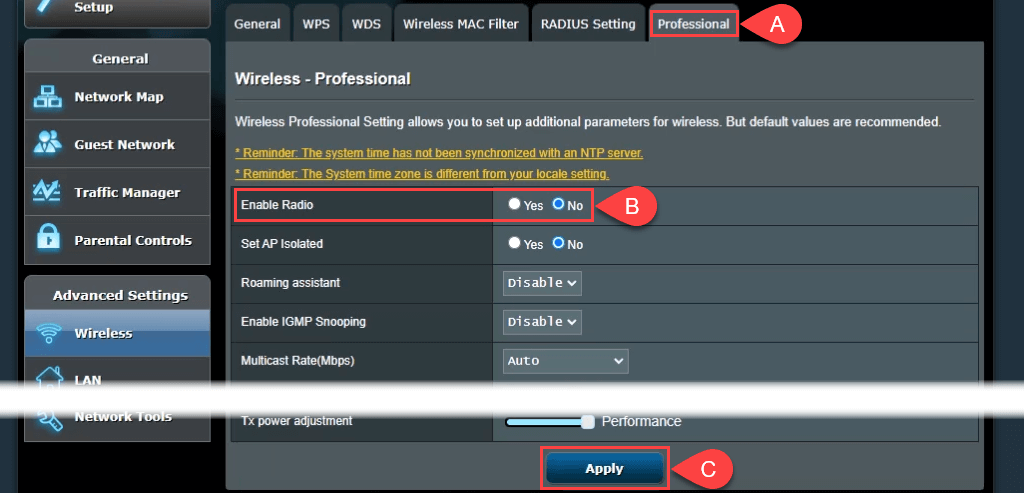
If your router doesn’t have this option, secure the wireless access by setting ridiculously strong passwords and hiding the network’s Service Set Identifier (SSID), also known as the name of your Wi-Fi. That prevents anyone from connecting to it as a wireless device, accidentally or on purpose.
Now, can connect more devices via Ethernet to your network by plugging them into the remaining LAN ports.
Connect Two Routers for Faster Internet
Now you have a use for one thing in your electronics doom pile and a better internet connection in your home. Remember that these instructions will vary depending on your router model or brand. Check your router manufacturer’s website or instruction manual for tutorials on setting up a secondary router. Otherwise, contact your router manufacturer or internet provider for technical support.